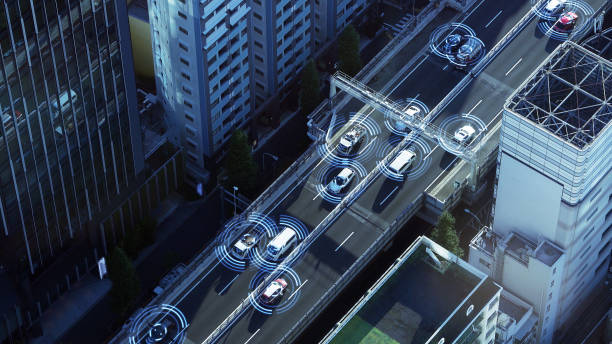Human form recognition technology has become increasingly important in the field of healthcare monitoring. This innovative technology uses advanced algorithms and artificial intelligence to analyze and interpret human body shapes and movements, allowing for more accurate and efficient monitoring of patients’ health.
One of the key applications of human form recognition in healthcare monitoring is fall detection. Falls are a common cause of injury among elderly individuals, leading to serious medical complications and even death in some cases. By using sophisticated sensors and cameras to track the movements of patients, healthcare providers can quickly detect when a fall occurs and respond promptly to provide assistance.
In addition to fall detection, human form recognition technology is also used for posture analysis. Poor posture can lead to a variety of health issues, including back pain, joint problems, and muscle strain. By continuously monitoring a patient’s posture using advanced imaging techniques, healthcare providers can identify any abnormalities or deviations from normal alignment and recommend appropriate interventions to improve their overall health.
Furthermore, human form recognition technology plays a crucial role in remote patient monitoring. With the rise of telehealth services, many patients are now able to receive medical care from the comfort of their own homes. By utilizing wearable devices equipped with sensors that can track vital signs and monitor movement patterns in real-time, healthcare providers can remotely assess their patients’ health status and intervene as needed without requiring them to visit a clinic or hospital.
Moreover, human form recognition technology is also being used in rehabilitation therapy programs. Patients recovering from injuries or surgeries often require personalized exercise routines tailored to their specific needs. By analyzing their body movements using motion capture systems or wearable devices, therapists can closely monitor their progress during rehabilitation sessions and adjust treatment plans accordingly for optimal recovery outcomes.
Overall, the integration of human form recognition technology into healthcare monitoring has revolutionized the way medical professionals deliver care to patients. By harnessing the power of artificial intelligence and machine learning algorithms, they are able to obtain valuable insights into patients’ health status based on their body shapes and movements alone – enabling early detection of potential health issues before they escalate into more serious conditions.
As this cutting-edge technology continues to evolve at a rapid pace, it holds great promise for improving patient outcomes across various areas of healthcare – from preventive medicine and chronic disease management to acute care interventions and rehabilitation therapies. With its ability to enhance accuracy, efficiency, and accessibility in healthcare monitoring processes – human form recognition is undoubtedly paving the way for a brighter future in personalized medicine tailored towards individual needs while ensuring better quality care delivery for all individuals alike.




